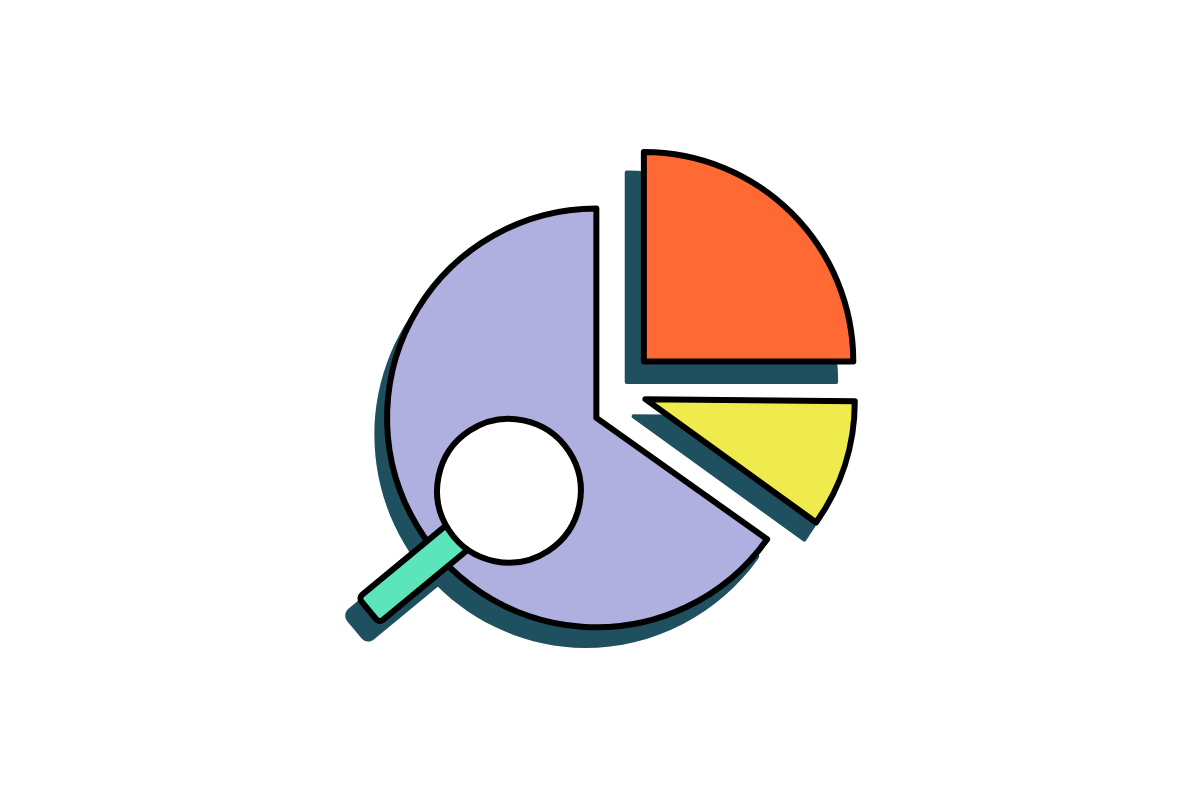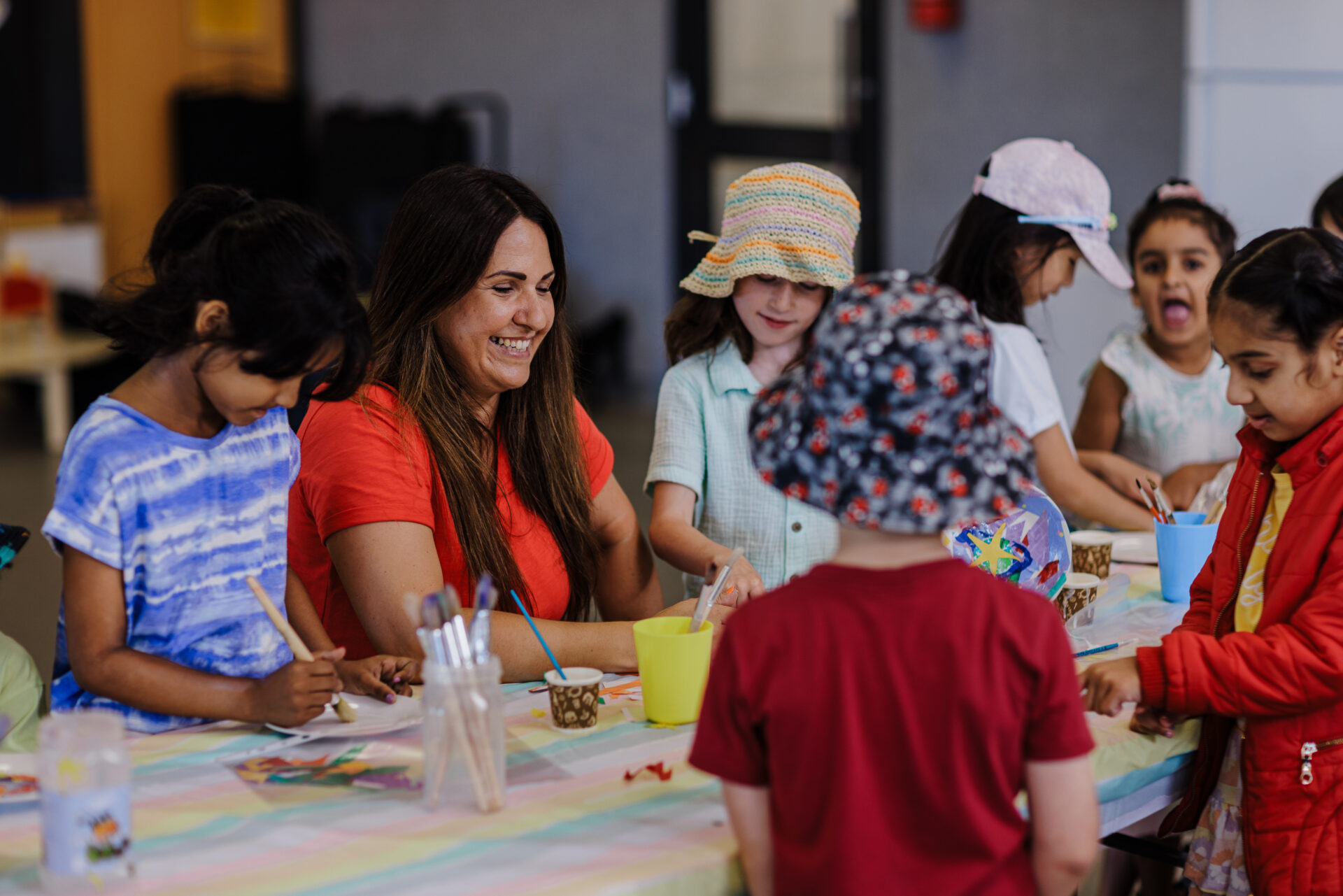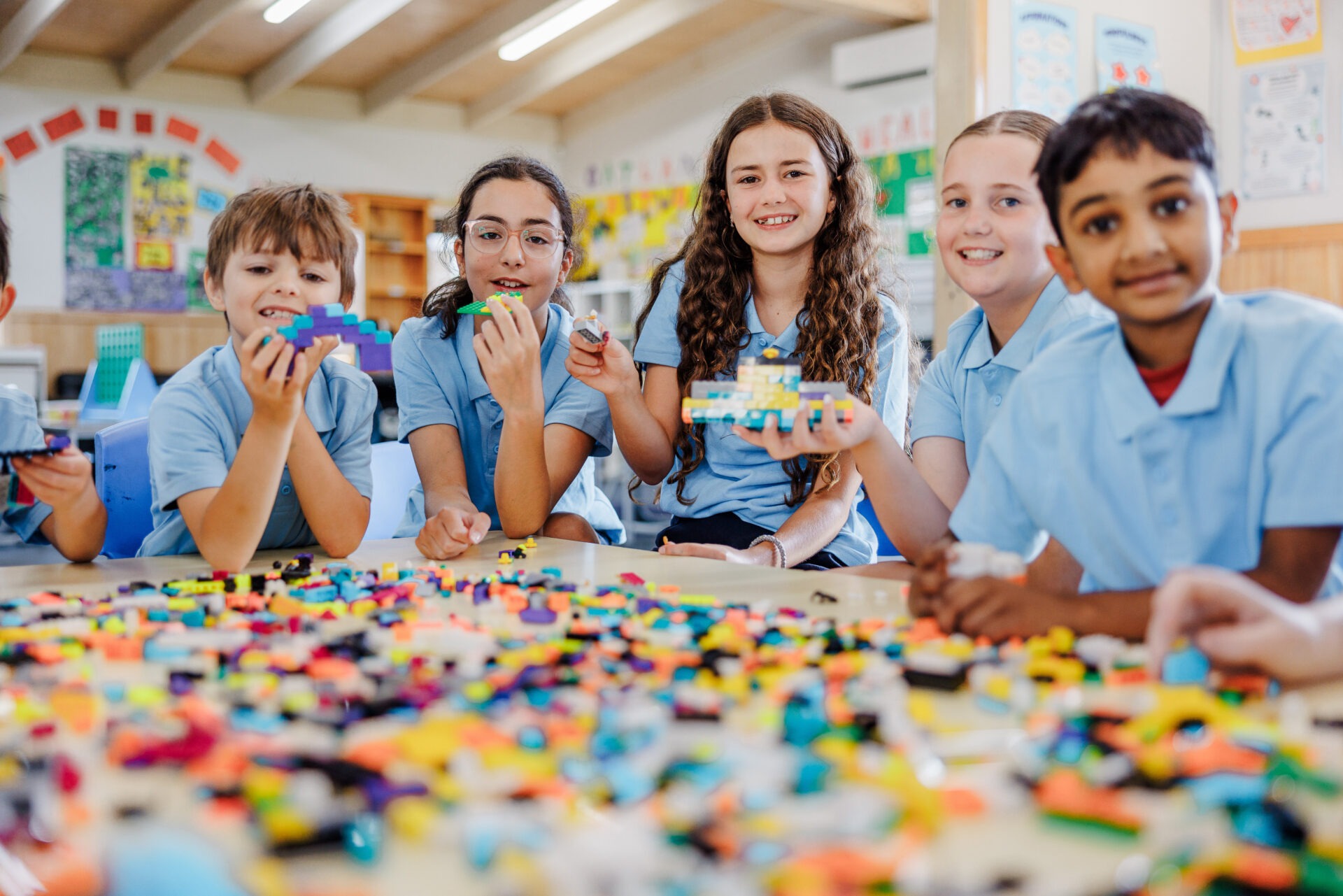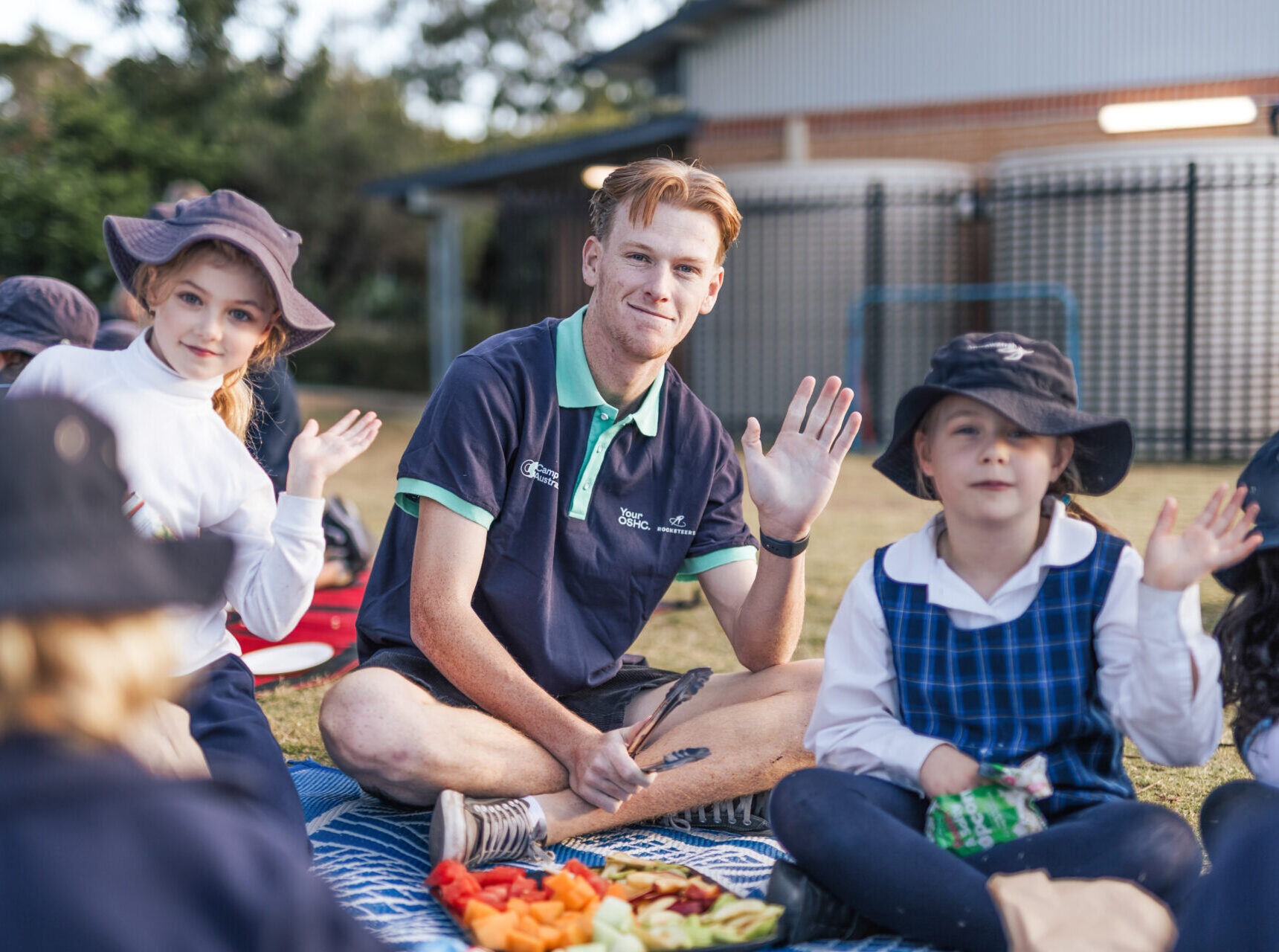“Children see before they speak, make marks before they write, build before they walk. But their ability to appreciate and interpret what they observe, communicate what they think and feel, or make what they imagine and invent, is influenced by the quality of their art, craft and design education.” (The Office for Standards in Education, Children’s Services and Skills (Ofsted), 2008, p.1)
When I walk into an art gallery, I feel a sense of wonder, anticipation, and an almost inexplicable calm. I breathe in the atmosphere of aesthetic beauty, revel in the space, delight in the colours and prepare myself to experience the joy of engaging with the visual stories, provocations, expressions, and ideas of the artists’ work. Immersing yourself in music, literature, storytelling, drama offer similar benefits.
Benefits of The Arts
The benefits of engaging in the arts are significant. The arts satisfy our human need to respond creatively to the world and our experience of it. They enable both children and adults the opportunity to experience ‘flow’ and to be captivated in the delight of learning through active engagement and interaction with materials, sounds, voice, and imagination (Nakamura & Csikszentmihalyi, 2002). Such benefits are difficult to measure or quantify, but they are very real. In fact, nine out of ten Australians believe the arts are an important part of education (The Australian Council of the Arts, cited by Roy et al., 2015).
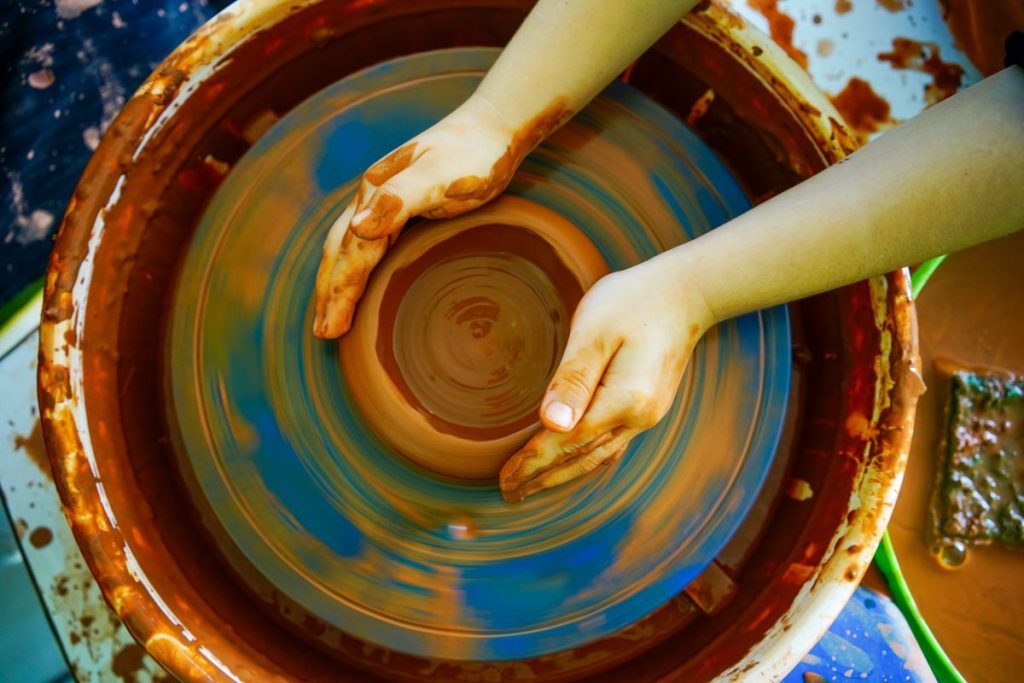
The visual arts present children with many opportunities to explore, experiment, develop their imagination and creativity, make meaning, express their ideas visually, and of course, have lots of fun. Visual arts experiences also provide meaningful contexts to support the development of small and large muscle skills as children coordinate their bodies to make marks and manipulate materials. Indeed, when children participate in arts experiences alongside supportive peers and educators, there can be many potential learning benefits such as motivation for learning, concentration, problem solving, self-discipline, aesthetic awareness, and the development of communication skills (Hargraves, 2021). Beyond the many wellbeing and social benefits of arts engagement, “immersion in the Arts can improve an individual’s sense of enjoyment, purpose and identity” and provide “unique vehicles for personal achievement, satisfaction and sensuous pleasure, outcomes all too frequently disregarded in education” (Ewing, 2010, p.1).
For those who doubt whether the arts improve academic outcomes, it is important to note that while the research cannot prove direct causality (e.g. if you have music lessons you will improve your math score), “students whose learning is embedded in the Arts…achieve better grades and overall test scores, are less likely to leave school early, rarely report boredom and have more positive self-concept than those students deprived of arts experiences” (Ewing, 2010, p.13, cited by Roy et al., 2015).
Roy et al., (2015) summarise that research studies suggest that when children participate in the arts there are positive impacts on:
- Social and personal development
- Attitudes to learning
- Literacy and numeracy outcomes
- Arts knowledge and skills
- Competencies with skills like communication, problem solving, planning, organisation and persistence
The Arts Brings Meaning to Us
Beyond the benefits of cognitive development and building attitudes and dispositions for learning, the arts matter because they bring meaning to our lives.
Imagine if human beings did not make and celebrate the arts. Imagine if there were no designs on the pottery of ancient peoples, paintings on cave walls, stained glass in cathedrals. There would be no art galleries, no concerts, no music, no dance, no Olympic opening ceremonies. To bring the reflection into our modern context without the arts there would be no movies, no music videos, no pub choir, no fashion, no Netflix…As an aside, how would we ever have survived pandemic lockdowns without the artists in our world? (Even though artists were not well supported during the pandemic – THEY supported us!)
The artists in our communities reflect back to us who we are, who we were and what we might become. They communicate political and social realities and provoke us to think about how to live as human beings. And most importantly artists (and our own art making, art appreciation and engagement in and with the arts) enable us to celebrate and participate in the human drive toward making, decoration, creativity, and expression.
So, next time a young person tells you they want to be an artist or pursue artful experiences… ENCOURAGE THEM! ENABLE THEM! SUPPORT THEM! Please don’t tell them (or yourself) that there are better paying jobs or more important things to do. As Albert Einstein reminds us; “I am enough of an artist to draw freely upon my imagination. Imagination is more important than knowledge. Knowledge is limited. Imagination encircles the world.” (Einstein, cited by Kolbe, 2014)
Dr. Lindsay is a partner in Camp Australia’s Big Art Comp, providing valuable resources for families and being on the judging panel for submissions into this initiative. The competition is open until 27 March.
REFERENCES: Ewing, R. (2010). The arts and Australian education: Realising Potential. Australian Council for Educational Research. https://research.acer.edu.au/aer/11/
Hargraves, V. (2021). Supporting children’s thinking and cognition through the visual arts. The Education Hub. https://theeducationhub.org.nz/supporting-childrens-thinking-and-cognition-through-the-visual-arts/#_edn1
Kolbe, U. (2014). Children’s Imagination: Creativity under our noses. Peppinot Press.
Nakamura, J., & Csikszentmihalyi, M. (2002). The concept of flow. In, C.R. Snyder & S.J. Lopez (Eds.). Handbook of positive Psychology. Oxford University Press.
Roy, D., Baker, W., & Hamilton, A. (2015). Teaching the arts: Early childhood and primary education. Cambridge University Press.
The Office for Standards in Education, Children’s Services and Skills (Ofsted). (2008). Making a mark: art, craft and design education. www.ofsted.gov.uk/publications/110135
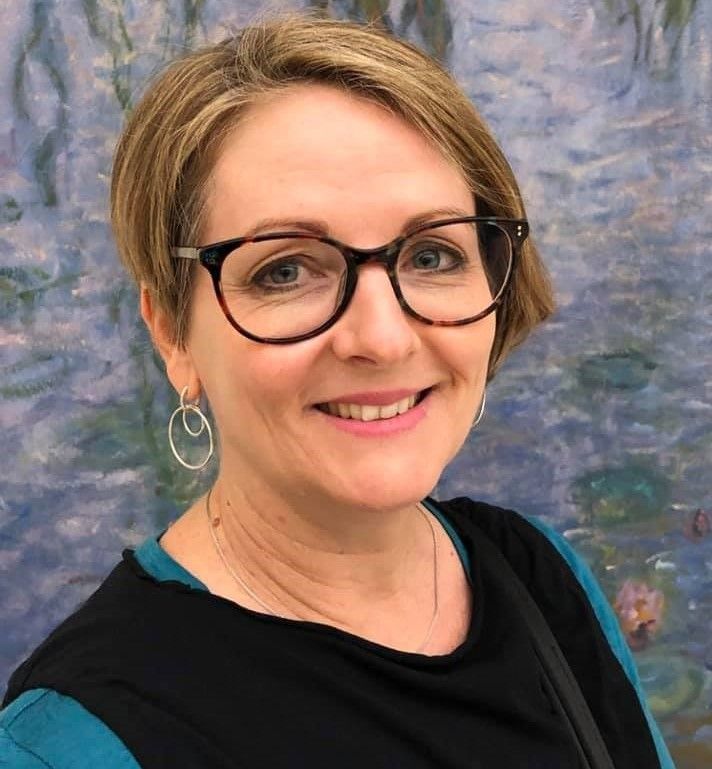
Dr. Gai Lindsay is a lecturer in The Early Years degree at the University of Wollongong. Her PhD explored the visual arts beliefs and teaching practices of educators in early childhood settings. Her research and teaching work focuses on visual arts education, arts-based learning and John Dewey’s philosophies of education and art. She is currently engaged on the advisory board of the Bright Start Foundation International Voices of Children initiative. Before entering academia, Gai worked for more than twenty years as a preschool teacher, director and early childhood consultant. Her goal is for all children and adults to experience the joy and satisfaction of meaningful ark-making and quality visual arts learning experiences.


